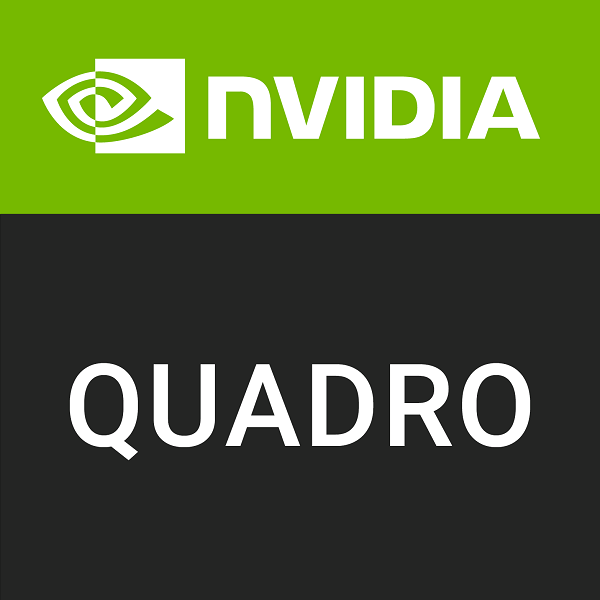NVIDIA GRID A100A vs NVIDIA A100 PCIe 80 GB
We compared two Professional market GPUs: 48GB VRAM GRID A100A and 80GB VRAM A100 PCIe 80 GB to see which GPU has better performance in key specifications, benchmark tests, power consumption, etc.
Main Differences
NVIDIA A100 PCIe 80 GB 's Advantages
Released 1 years and 1 months late
Boost Clock has increased by 40% (1410MHz vs 1005MHz)
More VRAM (80GB vs 48GB)
Larger VRAM bandwidth (1.94TB/s vs 1866GB/s)
Lower TDP (300W vs 400W)
Score
Benchmark
FP32 (float)
GRID A100A
13.89 TFLOPS
A100 PCIe 80 GB
+40%
19.49 TFLOPS
Graphics Card
May 2020
Release Date
Jun 2021
GRID
Generation
Tesla Ampere(Axx)
Professional
Type
Professional
PCIe 4.0 x16
Bus Interface
PCIe 4.0 x16
Clock Speeds
900 MHz
Base Clock
1065 MHz
1005 MHz
Boost Clock
1410 MHz
1215 MHz
Memory Clock
1512 MHz
Memory
48GB
Memory Size
80GB
HBM2e
Memory Type
HBM2e
6144bit
Memory Bus
5120bit
1866GB/s
Bandwidth
1.94TB/s
Render Config
-
-
-
108
SM Count
108
6912
Shading Units
6912
432
TMUs
432
192
ROPs
160
432
Tensor Cores
432
-
-
-
192 KB (per SM)
L1 Cache
192 KB (per SM)
48 MB
L2 Cache
80 MB
-
-
-
Theoretical Performance
193.0 GPixel/s
Pixel Rate
225.6 GPixel/s
434.2 GTexel/s
Texture Rate
609.1 GTexel/s
55.57 TFLOPS
FP16 (half)
77.97 TFLOPS
13.89 TFLOPS
FP32 (float)
19.49 TFLOPS
6.947 TFLOPS
FP64 (double)
9.746 TFLOPS
Board Design
400W
TDP
300W
800 W
Suggested PSU
700 W
No outputs
Outputs
No outputs
None
Power Connectors
8-pin EPS
Graphics Processor
GA100
GPU Name
GA100
-
-
-
Ampere
Architecture
Ampere
TSMC
Foundry
TSMC
7 nm
Process Size
7 nm
54.2 billion
Transistors
54.2 billion
826 mm²
Die Size
826 mm²
Graphics Features
N/A
DirectX
N/A
N/A
OpenGL
N/A
3.0
OpenCL
3.0
N/A
Vulkan
N/A
8.0
CUDA
8.0
N/A
Shader Model
N/A




